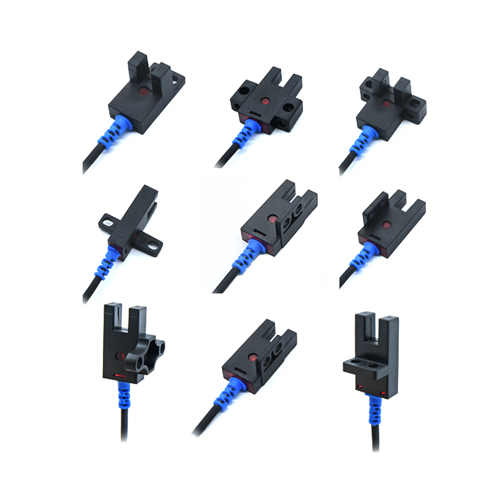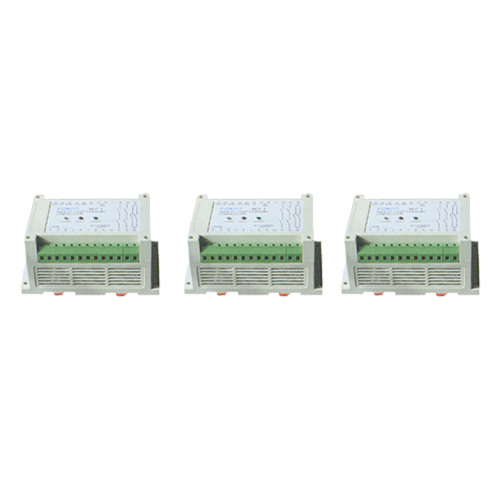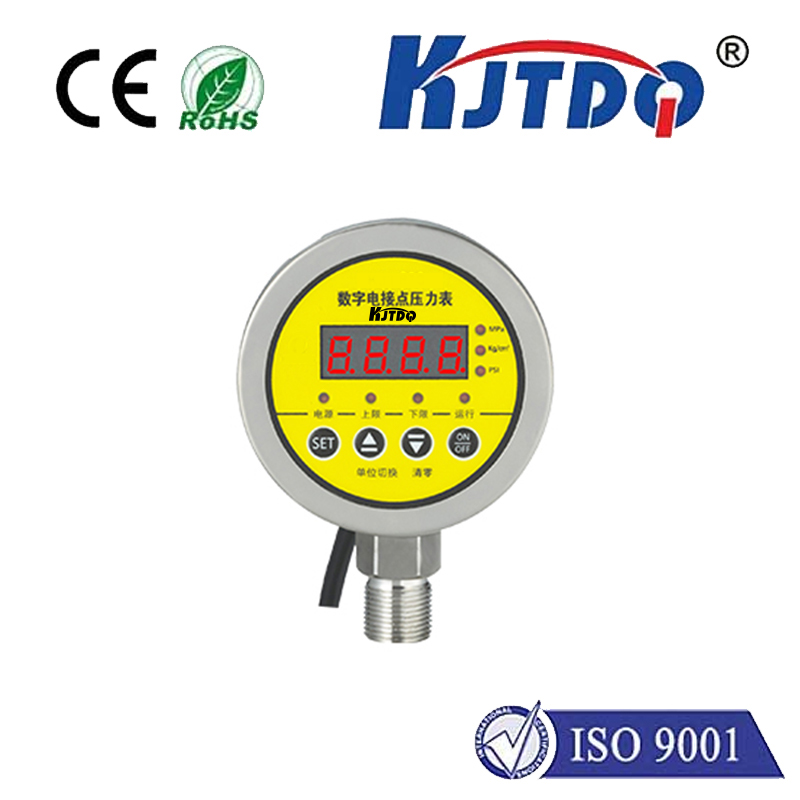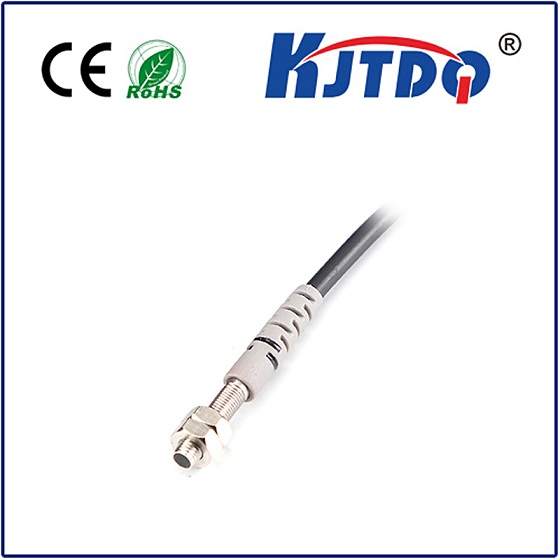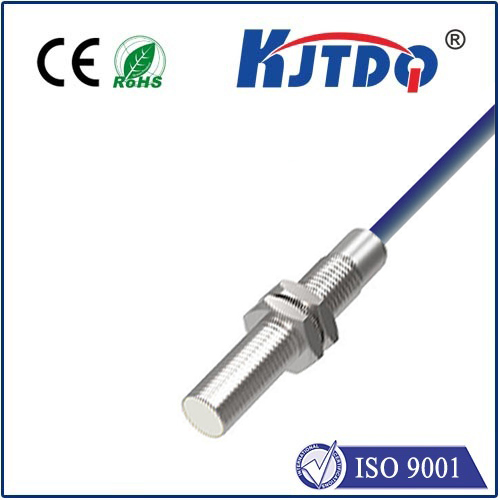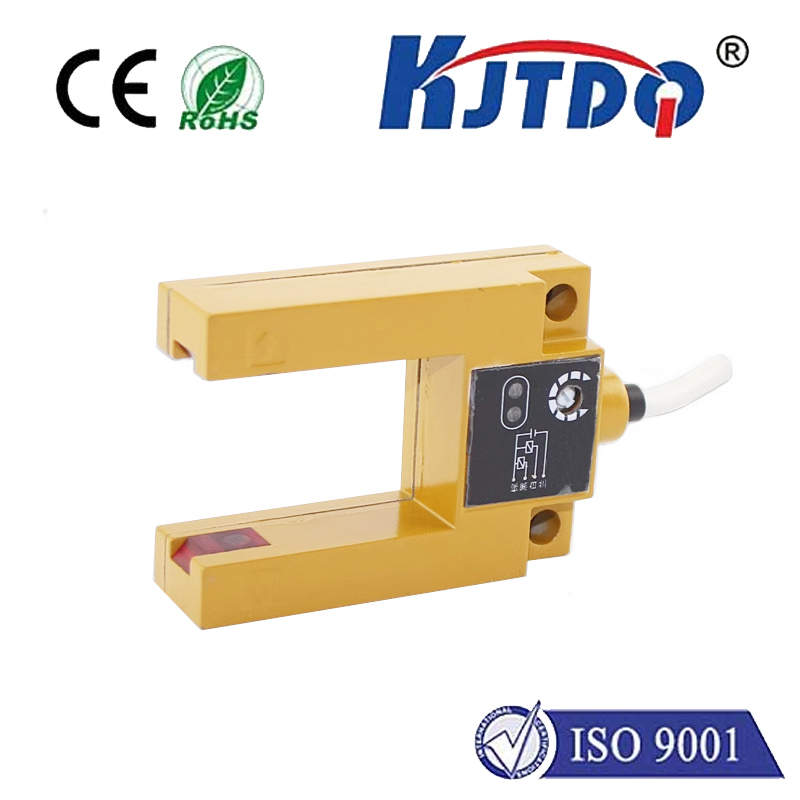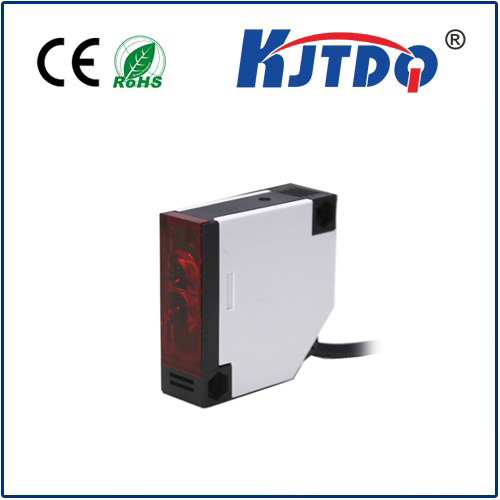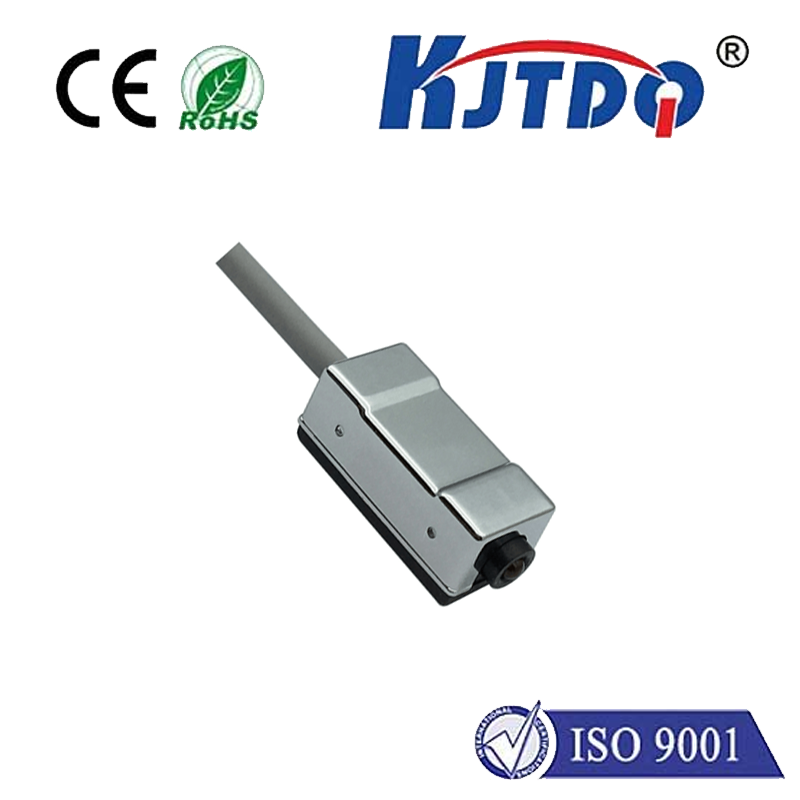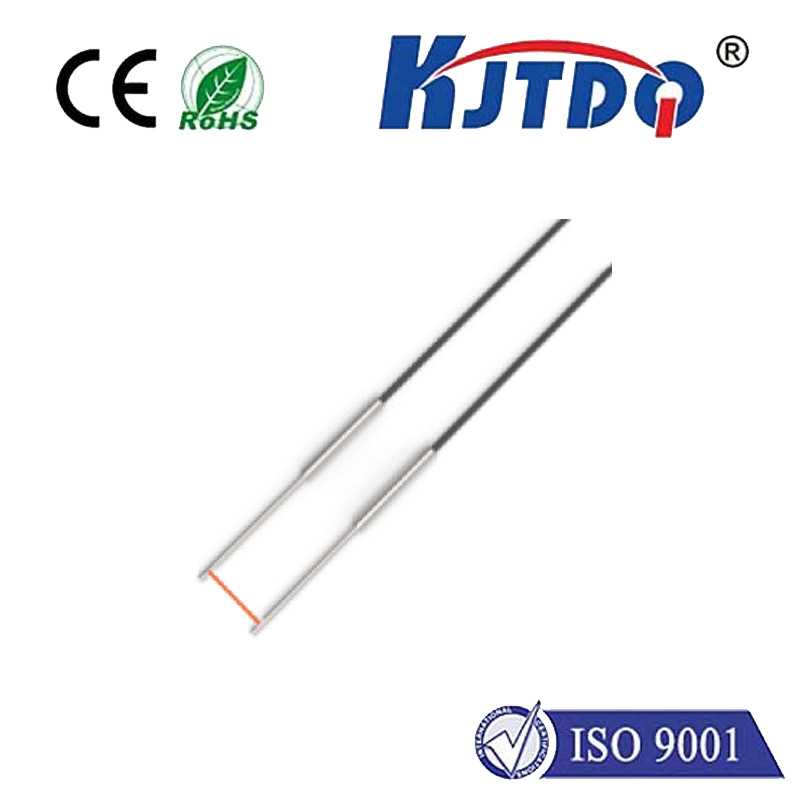
Проверка

Проверка

Проверка

Проверка

Проверка

Проверка
Imagine a critical turbine spinning at thousands of RPMs. Inside, unseen components face immense stress. A catastrophic failure looms if undetected, potentially costing millions in downtime and repairs. How do engineers see the invisible forces at play within such high-speed machinery? Enter the proximity probe: the unsung hero safeguarding reliability in demanding industrial environments. These sophisticated sensors provide a vital window into machine health, enabling predictive maintenance and preventing costly disasters. This exploration delves into their workings, diverse applications, and the undeniable value they bring to modern industry.
At its core, a proximity probe is a sophisticated non-contact displacement sensor. Its primary function is to measure the precise distance, position, or vibration of a conductive target relative to the sensor tip – without ever touching it. This fundamental capability makes them indispensable across power generation, aerospace, manufacturing, and oil & gas sectors. The dominant technology driving most industrial proximity probes is the eddy current principle.
Here’s the magic: the probe tip contains a precisely wound coil energized by a high-frequency alternating current. This creates a small, oscillating magnetic field emanating from the sensor face. When a conductive target (typically steel, aluminum, copper) approaches this field, tiny circulating electrical currents – called eddy currents – are induced on the target’s surface. These eddy currents, in turn, generate their own opposing magnetic field. The strength of this interaction changes with the gap distance between the probe tip and the target. The probe’s sophisticated electronics detect this change in the coil’s electromagnetic properties (like impedance), converting it into a highly accurate, linear voltage output signal directly proportional to the distance. This signal becomes the crucial data point for monitoring and control systems.
The advantages of this non-contact approach are substantial:

Proximity Probe Applications: The Power of Position and Vibration Data
The data provided by proximity probes feeds into critical monitoring and protection systems:
Integrating Proximity Probes: Systems & Considerations
Proximity probes rarely work in isolation. They are the primary input devices for condition monitoring systems and machinery protection systems (Bently Nevada™ System 1™, etc. are industry standards). These systems:
For optimal accuracy and system performance, calibration against known standards is paramount. Proximity probe systems require careful selection and installation:
The return on investment (ROI) from implementing proximity probe monitoring systems is compelling. By enabling predictive maintenance, they drastically reduce unexpected failures, minimize costly unplanned downtime, extend machinery life, optimize maintenance schedules, and enhance overall plant safety. Detecting a developing bearing fault during scheduled operation allows for planning a controlled shutdown, rather than facing the chaos and expense of a sudden, catastrophic breakdown. They transform maintenance from reactive to proactive.
From safeguarding massive power plant turbines to ensuring precision in delicate manufacturing processes, proximity probes are fundamental components of modern industrial health monitoring. Their ability to provide accurate, non-contact measurements of position and vibration in harsh environments makes them irreplaceable tools for engineers striving for maximum equipment uptime, safety, and operational efficiency. Understanding their principles and capabilities is essential for anyone involved in machinery operation, maintenance, or reliability engineering in today’s demanding industrial landscape.

